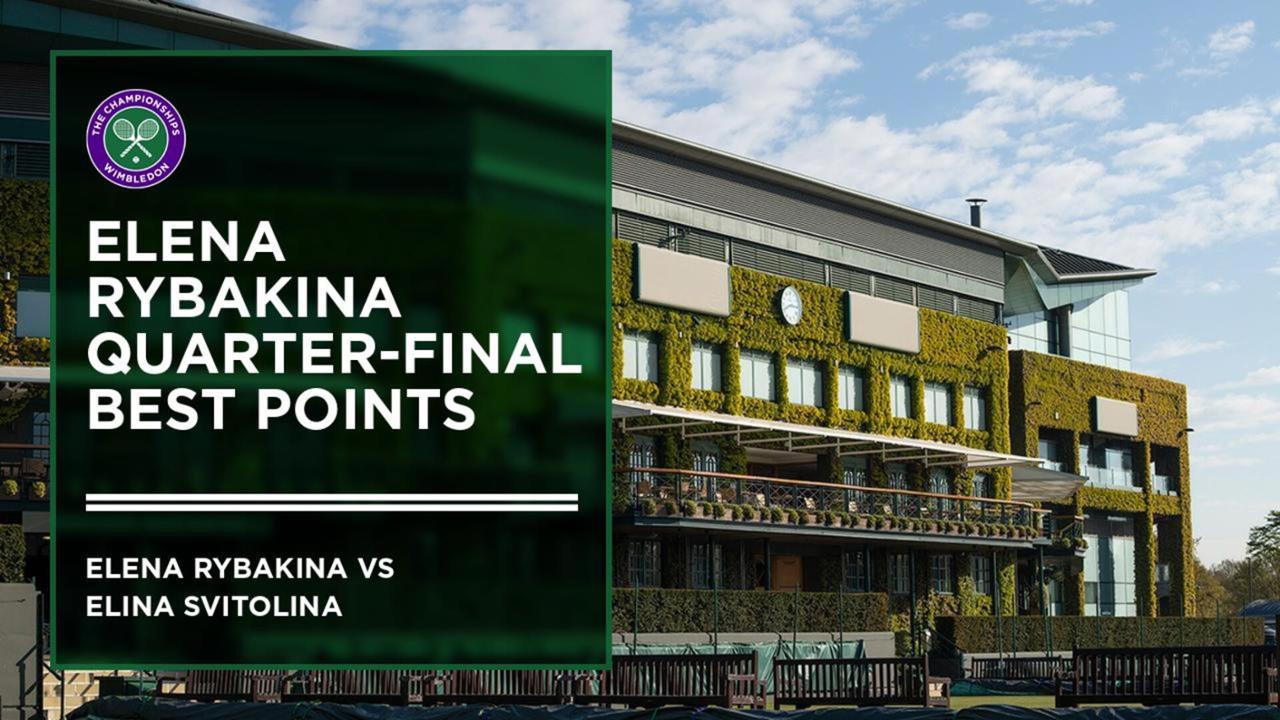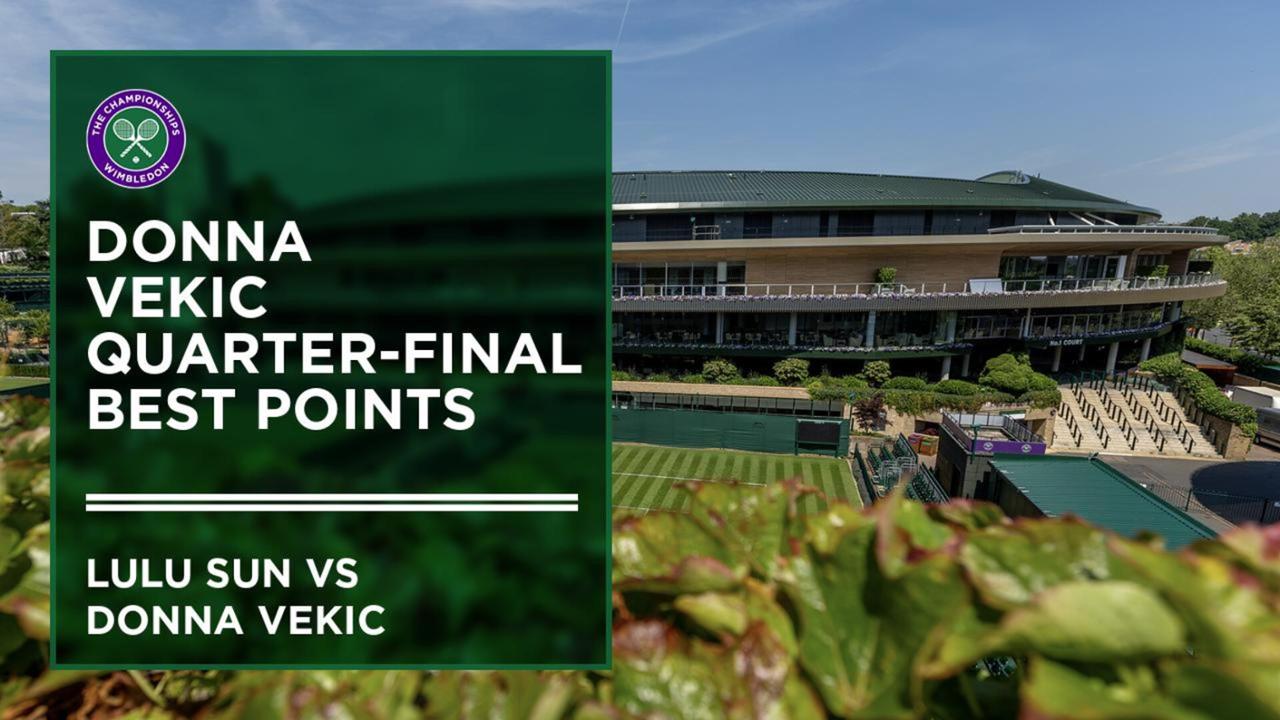This year’s ladies’ singles draw has been one of the most open - and unpredictable - in recent years with shocks, surprises, thrills and spills from Day 1.
And so as we head into semi-finals day we are left with a fascinating quartet of players, three of which - Jasmine Paolini, Barbora Krejcikova and Donna Vekic - who, let’s be honest, wouldn’t have been among many people’s picks to be still going strong on the second Thursday.
Krejcikova has the challenge today of beating the fourth and final member of that quartet - the 2022 champion Elena Rybakina - with Paolini and Vekic opening Centre Court play at 1.30pm.
Everyone will have an opinion about which of these women will be left embracing the Venus Rosewater Dish at tea time on Saturday, but what do the statistics tell us about who has been playing the best tennis so far?
Performance Insights data gathered during every singles match at this year’s Championships shows how - and why - players have been winning matches and gives a detailed ‘shot quality’ score for serves, returns, forehands and backhands using a 0-10 scale.
Using algorithmic technology, a player’s shot quality is calculated in real-time by analysing the speed, spin, depth and width of every single strike during every match played.

Big picture
Not only is Rybakina the only former champion left in the draw, the 25-year-old is out in front on most of the leaderboards. The Kazakh tops the serve, forehand and return shot quality rankings among the four semi-finalists.
She also leads the ‘shots in attack’ leaderboard, having struck a massive 33 per cent of her strikes in attack, compared with the average of 24 per cent across the ladies’ draw. Expect more of the same on Centre today.
As you might expect from a player so dominant, Rybakina’s shot quality readings are way above the average for the ladies’ draw.
She boasts a serve shot quality of 9.03 out of 10 (draw average 7.6). The world No.4’s return quality stands at 8.24 (draw average 6.8), while her forehand quality is the most impressive of all at 9.24 (draw average 7.4).
Paolini v Vekic
With Rybakina the clear favourite and ahead on most of the stat boards, what can we expect from our first semi-final when Paolini meets Vekic?
The 28-year-old Vekic dominates her Italian opponent in the serve and return shot quality readings while Paolini has the upper hand in the forehand and backhand numbers.
This suggests that if Paolini can become involved in longer rallies her quality off the ground can help her carve a route into the final.

Add to that the Italian’s outstanding ‘steal' score (how often a player wins the point having been in a defensive position) and she will feel confident in longer exchanges. Paolini has used her speed to win 42 per cent of her points when defending - 7 per cent higher than Vekic.
One number in particular jumps out from Paolini’s data - the speed of her forehand. When she crunches a forehand from the backhand side of the court (when she’s standing to the left of the centre mark of the baseline) she goes big!
Her ‘inside-out’ forehand is registering an average of 78mph, while her ‘inside-in’ is even bigger at 83mph (the average across the ladies' draw is 73mph). Look out for those on Centre today.
Krejcikova v Rybakina
Rybakina’s quality is clear to see. The former champion is the more aggressive of the two and will use her massive serve and huge forehand to try to dominate.
Rybakina on grass is a formidable opponent and leads the ladies’ draw in aces hit (31), has the highest percentage of winners-per-point (25 per cent) and a service game-winning percentage of 86 per cent.
It’s not all bad news for Krejcikova, however.
The former Roland-Garros champion leads the ‘conversion’ table - how effective a player is when they go on the attack - even more efficient than Rybakina in this area.
In attack, Krejcikova has won almost 75 per cent of those points, so choosing when to use her weapons today will be key.
The 28-year-old could also argue she has more variety than the Kazakh. Krejcikova has used her sliced backhand more than any other semi-finalist - often an effective way of changing the pace of an oncoming ball, and the height of an opponent’s contact point.
Provided, of course, she can neutralise the Rybakina game and get herself into some longer baseline rallies.











